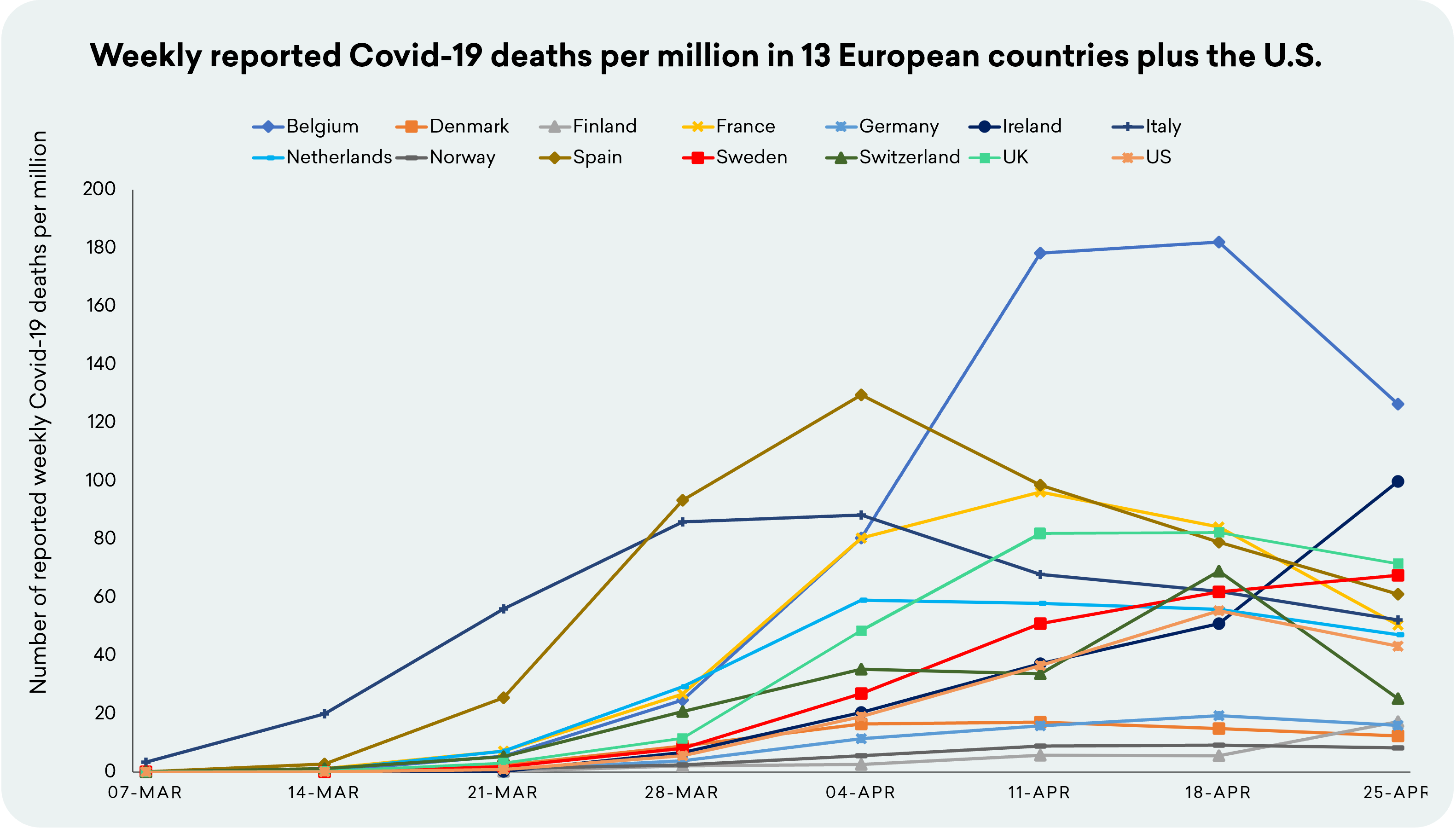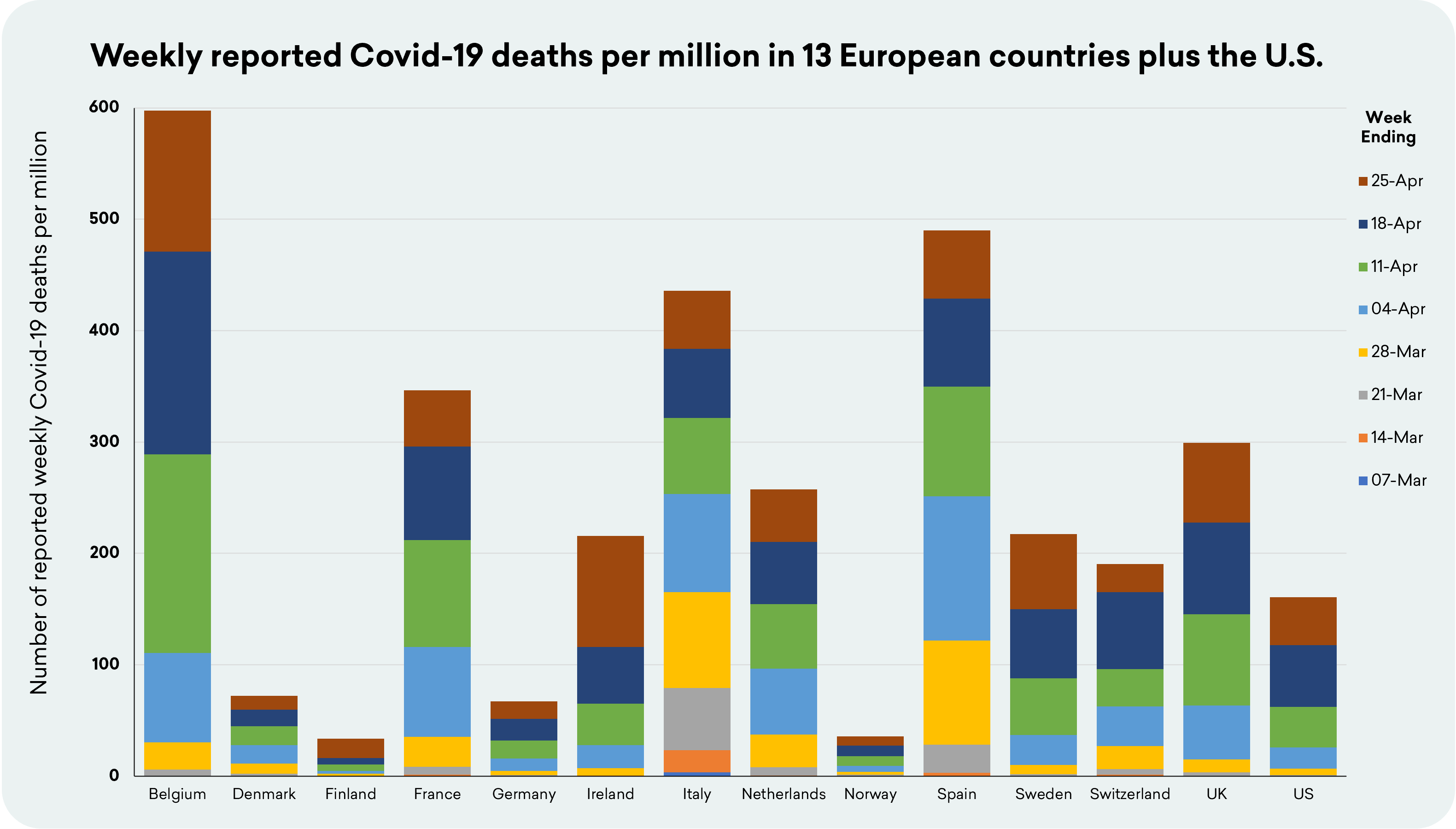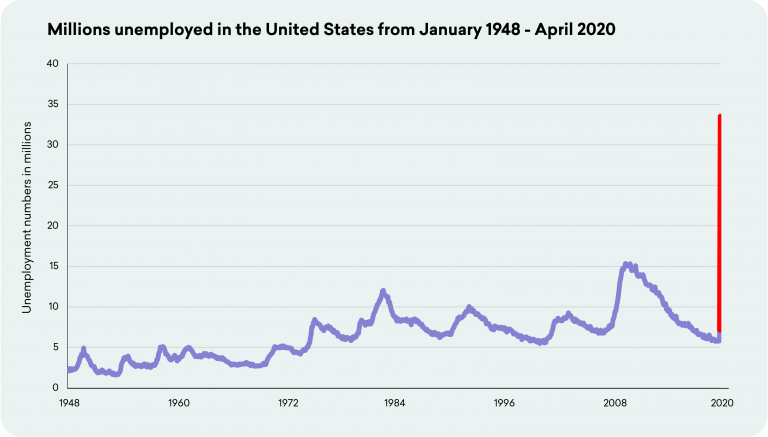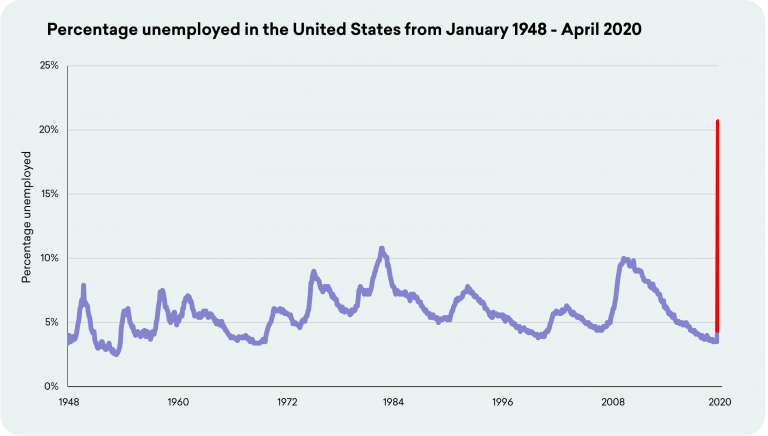There are many ways of showing that there is no correlation, but the simplest is to compare a country not in lockdown — Sweden, for example — with those that are. Yet despite having done this using as many metrics as you like (daily figures, daily figures per million, daily figures per 100,000, weekly figures, weekly figures per million, weekly figures per 100,000), and despite the fact that not one of them shows Sweden doing any worse than countries in lockdown, there seem to be 101 reasons given by some (mainly on Twitter) as to why the figures shown aren't showing what they should show, and that if only other figures were shown they would surely show what should be shown. Something like that.
Okay, so let me try and show a real correlation, but to do so I first need to demonstrate absence of correlation again. Below is a chart showing weekly deaths per million people for 13 European countries, as well as the United States. Of these countries, only one (Sweden) is not in lockdown (although a few States in the US aren't as well), but as you can see, *so far* it is doing no worse than the others. In fact, it is doing better than some, despite its apparent suicide mission caused by not locking people up under house arrest and putting its economy into a nosedive:
Or here's another way of looking at the same data, with the cumulative weekly amounts for each of the same countries:
No correlation to be seen there, so far as I can make out.
Now let's have a look to see if we can find one in some other data. Below are two charts showing unemployment figures for the United States from 1948 (the earliest monthly figures I could find), to the present day. The first is in absolute numbers (millions), and the second is in percentage terms. You will notice that there are various peaks and troughs, notably in 1982, when the unemployment rate briefly rose above 10%, and in the Great Recession, when it rose to around 10% in October 2009.
But what you will notice most of all is a spike of truly gargantuan proportions in the last month, which I have put in red. Just to put some actual figures on this, up to 13th March there were 7.1 million unemployed — around 4.4%. Since then, almost 26.5 million more people have filed initial unemployment claims which, when combined with that 7.1 million, takes the total unemployment figure to over 33 million — around 20.6% (see here).
I find these charts to be some of the most frightening I have ever seen. They show the biggest rise in unemployment ever witnessed in the US. To put them into context:
- The previous highest weekly rise in US unemployment was around 700,000 in 1982, but we have now seen consecutive weekly rises in the multiple millions.
- Unemployment in the US is now at its highest since 1934.
- It is now just 3% off the highest ever rate of 23.6% in the Great Depression of 1932 (see here), and the rate of change suggests it could well surpass that in the next week or so.
But here's the thing. The correlation between the rise in unemployment in America and the lockdown is absolutely unmistakeable. Twenty six-and-a-half million US citizens have been made unemployed in just over a month, because of actions that were taken to shut down large parts of that economy. The correlation CANNOT be denied.
But back to that first chart. Is there a correlation there between lockdown and saving lives? Nope. *So far* there is none. So then, can anyone explain why actions were taken that were bound to put our economies into meltdown, putting untold millions out of work with the host of evils and misery that will bring, all for a policy that cannot be shown using any data to have had any discernible effect, even on its own terms? I really would like to know.








Bound to be links between bill gates, greta, extinction twats and all the other globalist shills in positions of power.